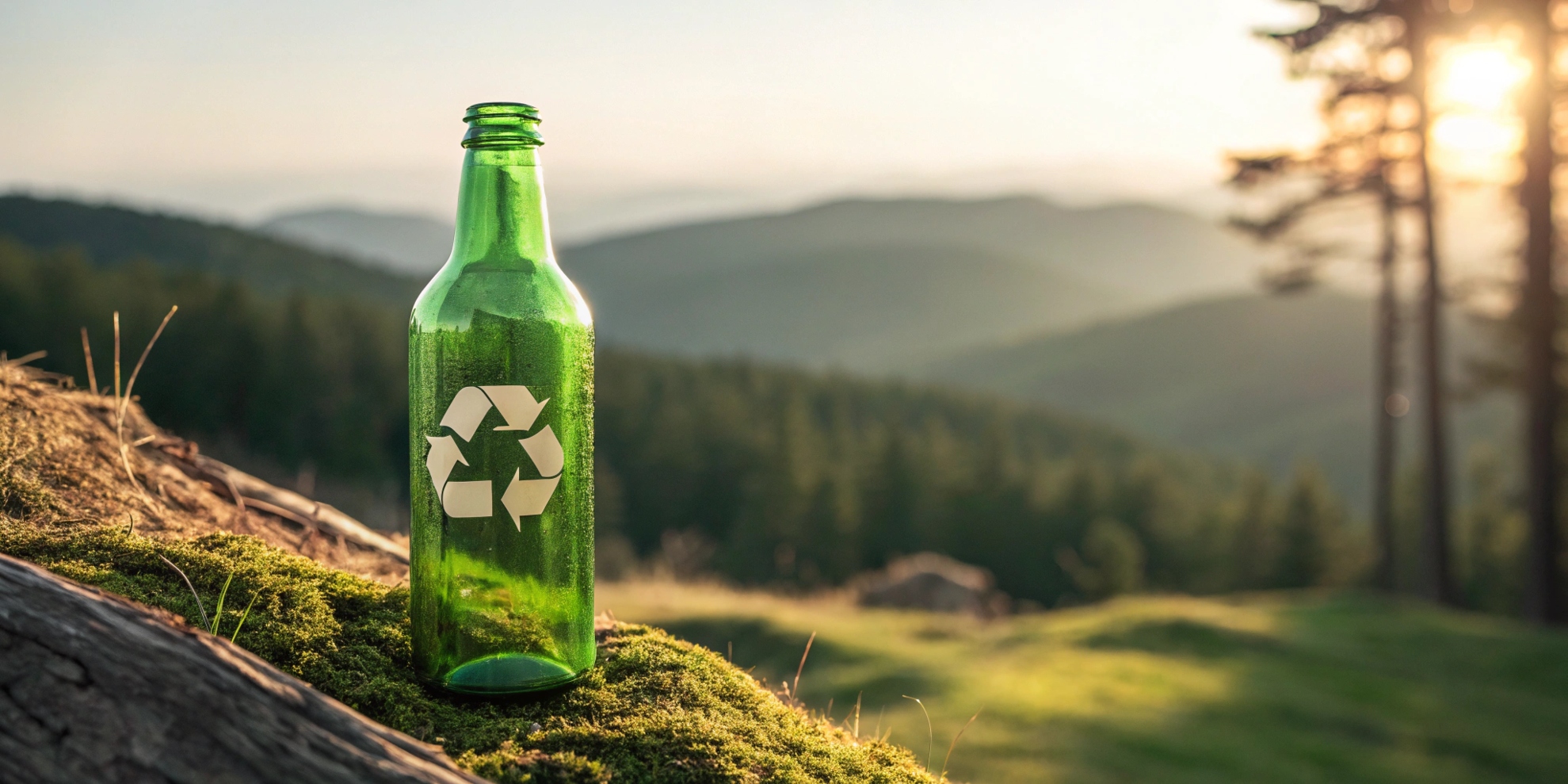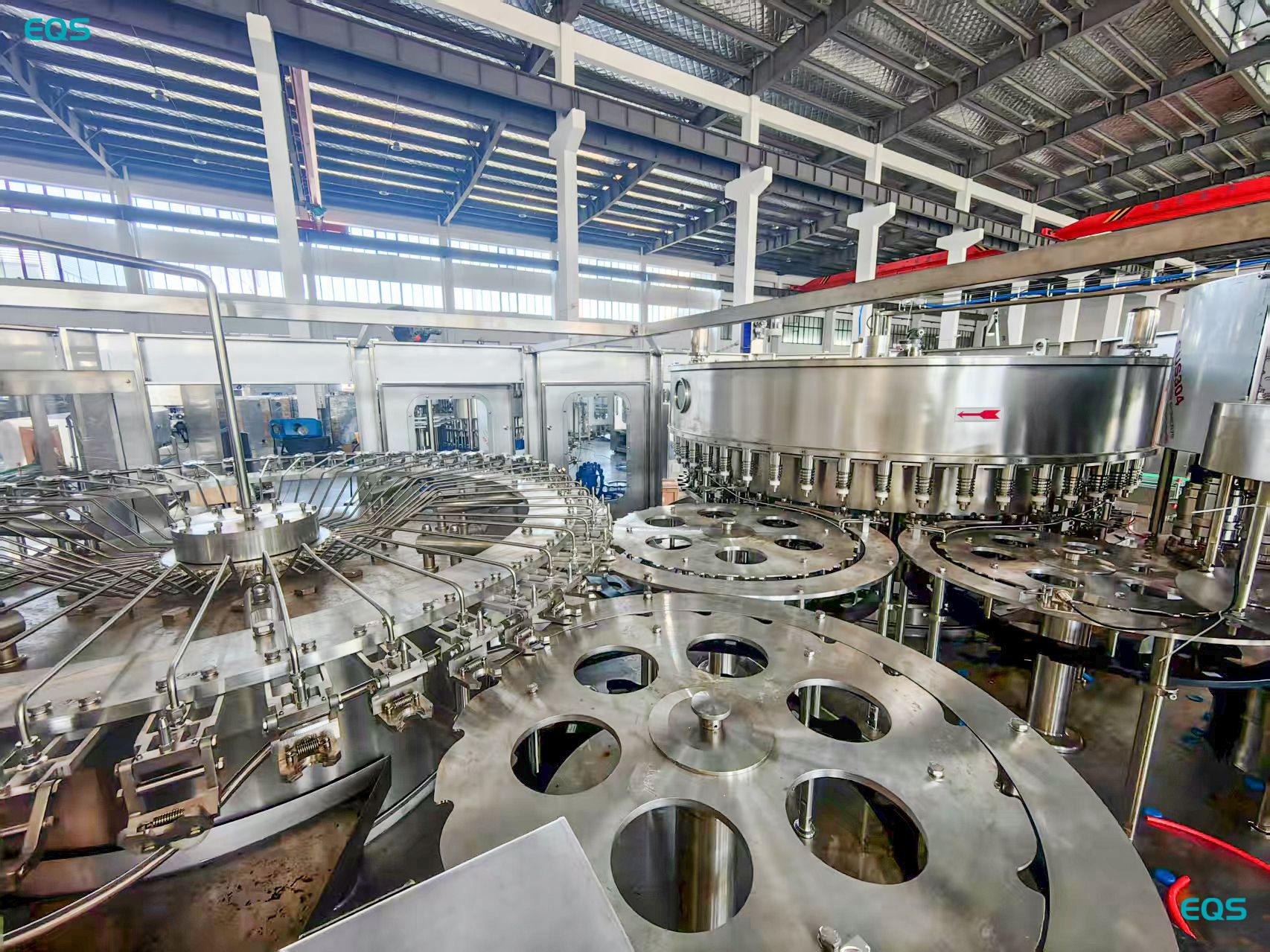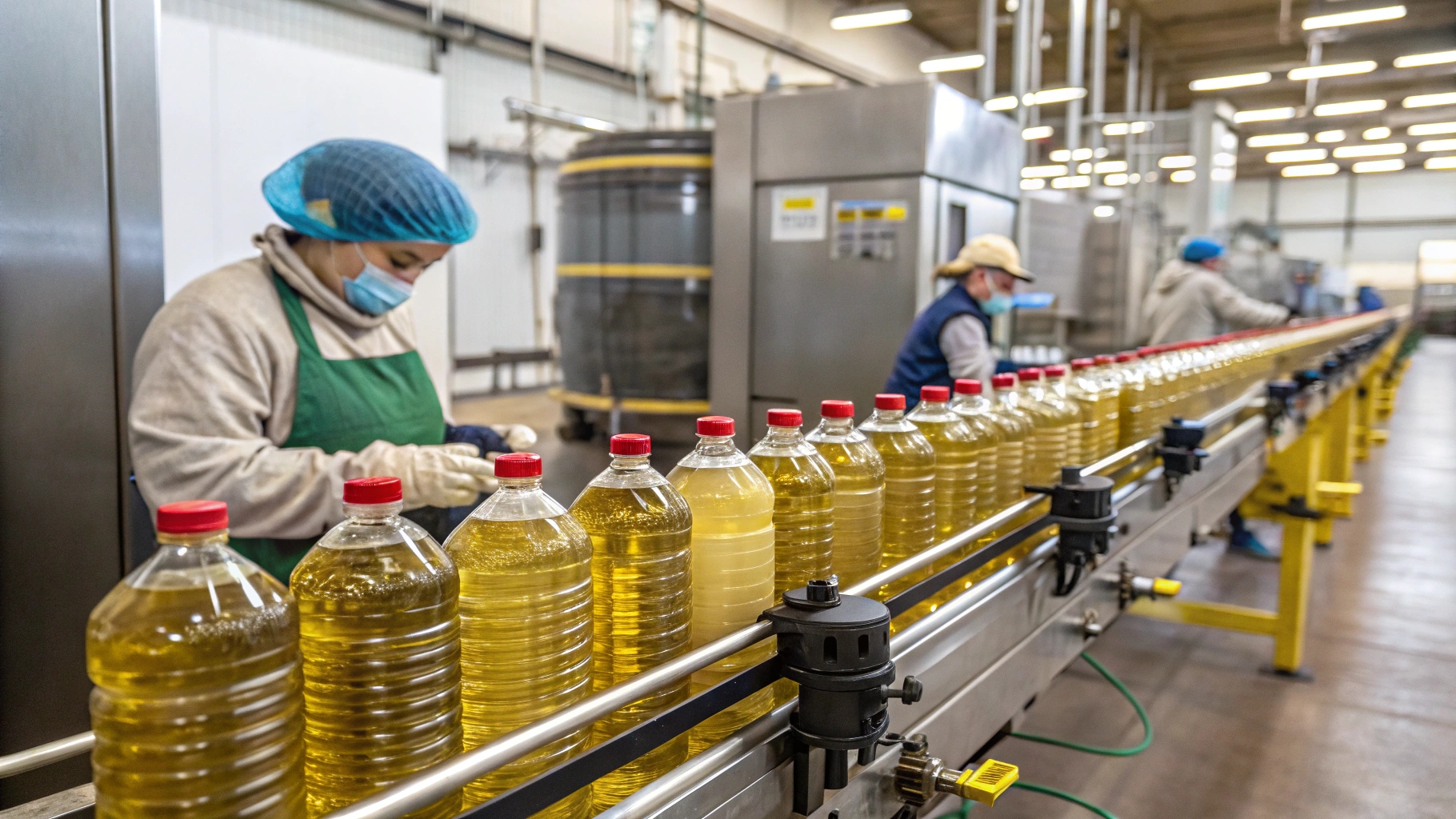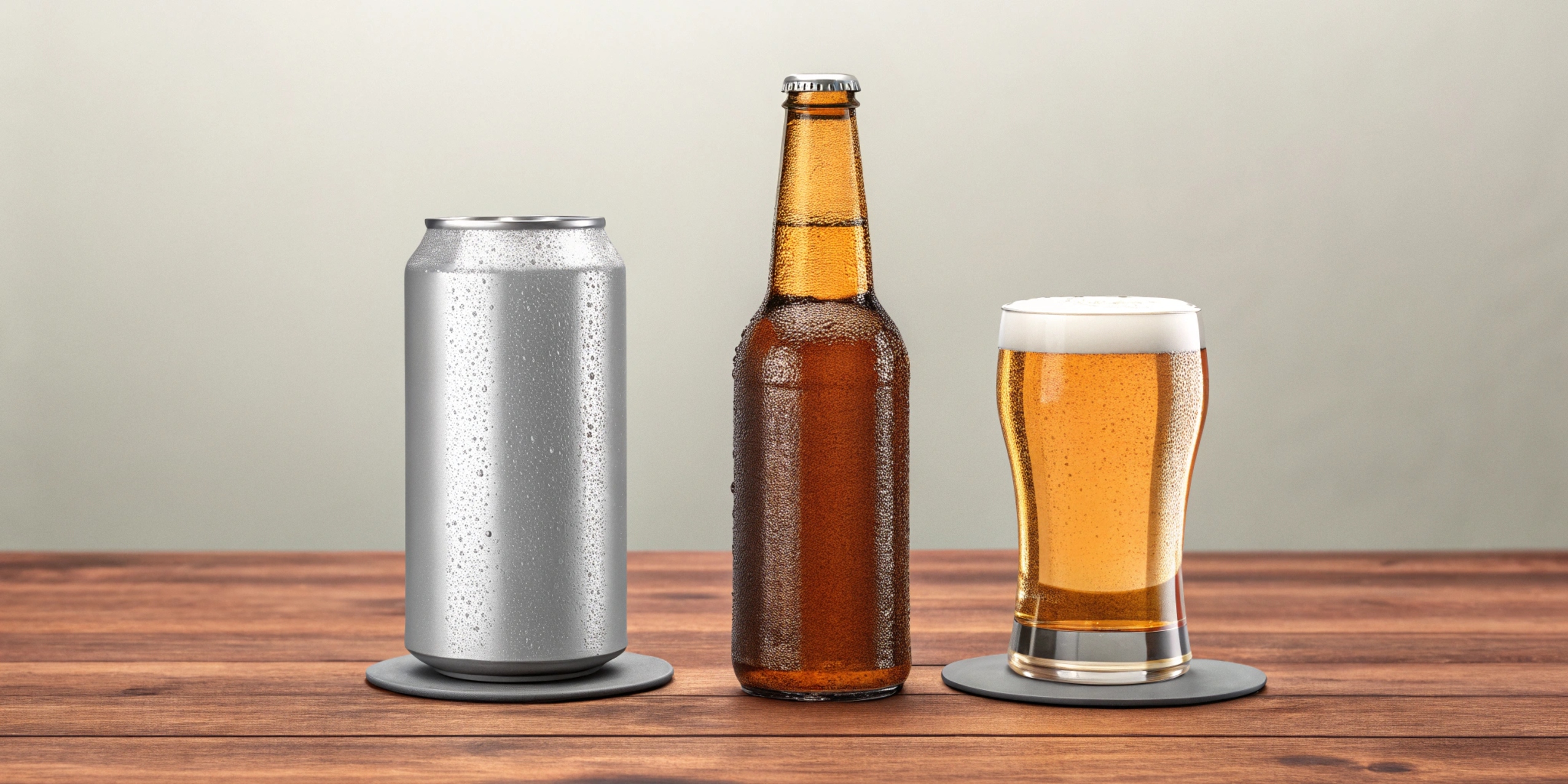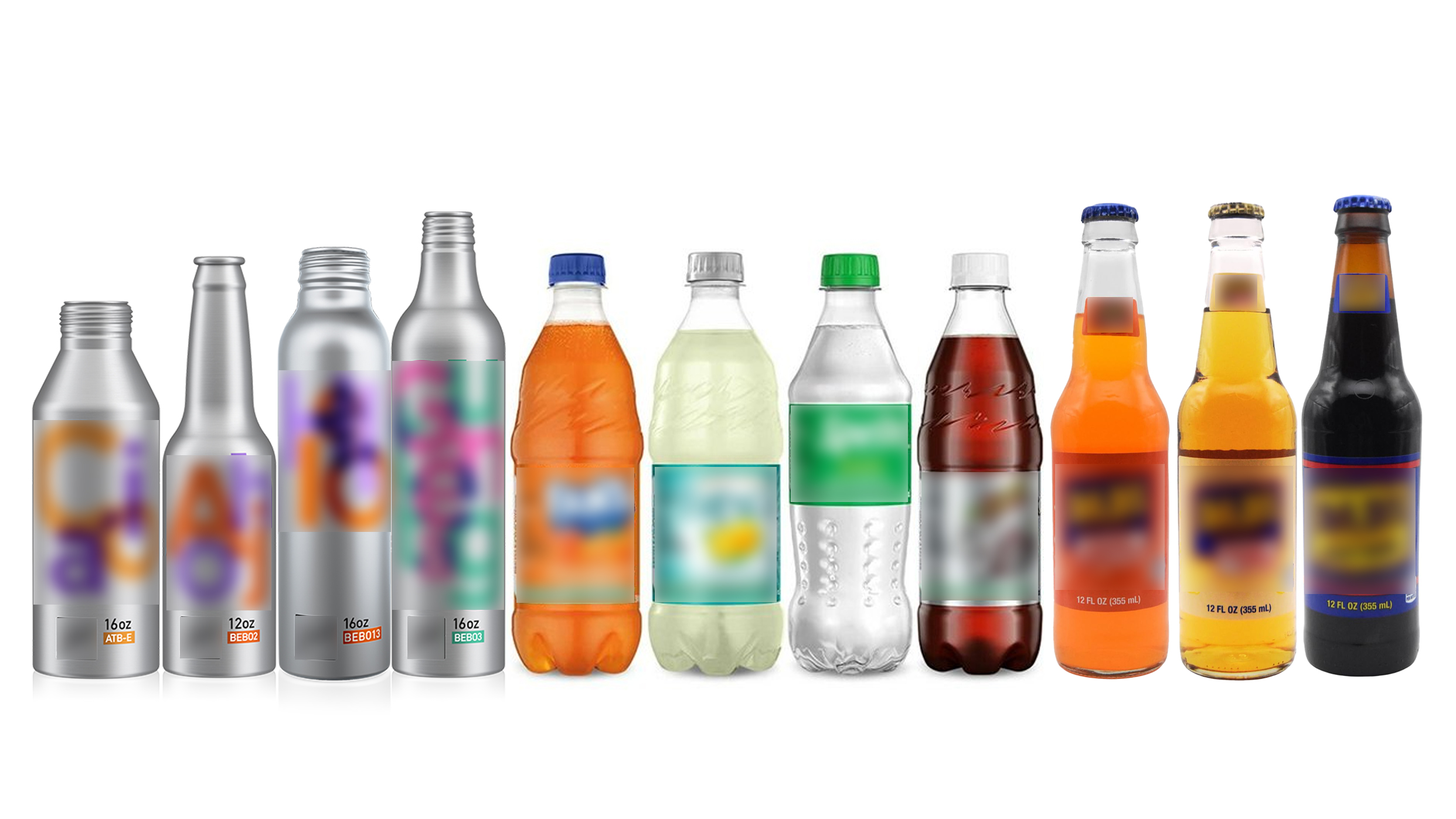Why Is Water Treatment System Important for Clean Water Supply?
leading paragraph:
Clean water is vital! Water treatment makes it possible.
snippet paragraph:
Water treatment systems are essential for a clean and safe water supply. They remove harmful contaminants, improve taste and odor, and prevent waterborne diseases. These systems protect public health and the environment by addressing potential water contamination from various sources.

Transition Paragraph:
Let's explore why water treatment is so important for our health and environment.
Why is water treatment necessary in a water supply system?
leading paragraph:
Why can’t we just drink water straight from the source?
snippet paragraph:
Water treatment is necessary because natural water sources contain contaminants like bacteria, viruses, chemicals, and sediments. These can cause illness and make water unsafe to drink. Treatment processes remove these impurities, ensuring the water is safe, clean, and palatable for human consumption and other uses.
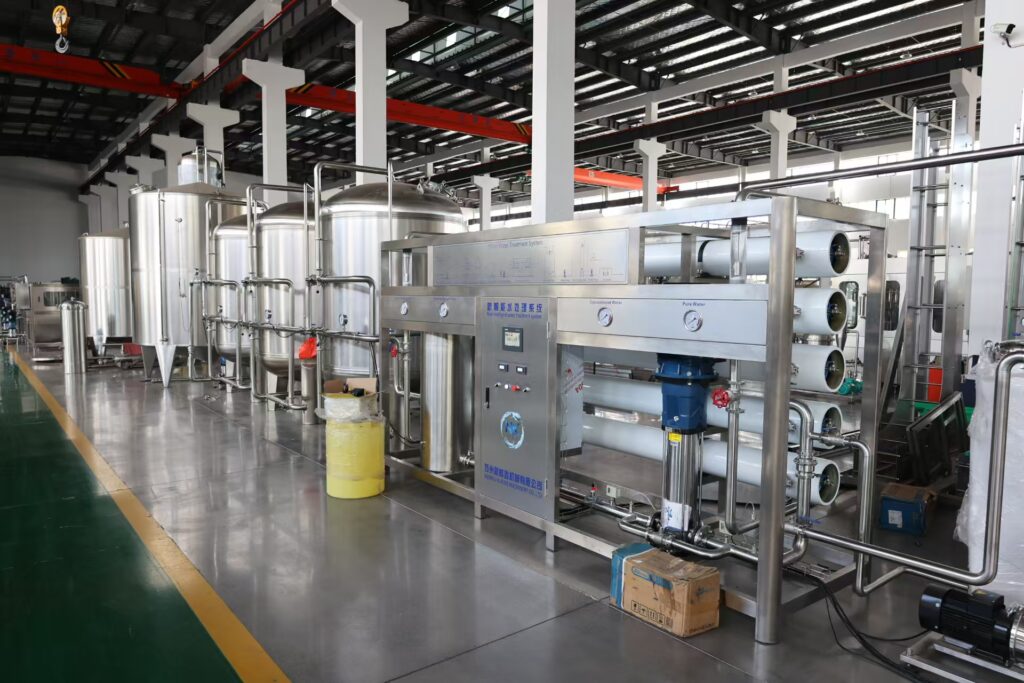
Contaminants Addressed
- Bacteria: Causes illness.
- Viruses: Spreads diseases.
- Chemicals: Toxic substances.
- Sediments: Affects clarity and taste.
- Pathogens: Disease causing organisms
Dive deeper Paragraph:
Water treatment plays a crucial role in safeguarding public health by removing or neutralizing harmful contaminants present in raw water sources. Without effective treatment, waterborne diseases can spread rapidly, leading to widespread illness and even death.
Bacteria and Viruses
Water sources often contain bacteria and viruses from human and animal waste. These microorganisms can cause a variety of illnesses, including diarrhea, dysentery, and hepatitis. Water treatment processes such as disinfection with chlorine or UV light effectively kill or inactivate these pathogens, preventing them from causing harm.
Chemicals
Industrial and agricultural activities can introduce harmful chemicals into water sources. These chemicals can include pesticides, herbicides, heavy metals, and industrial solvents. Water treatment systems employ various methods, such as filtration, adsorption, and chemical precipitation, to remove or reduce the concentration of these chemicals to safe levels.
Why is Water Treatment System so important?
leading paragraph:
What’s the big deal about treating water?
snippet paragraph:
Water treatment is vital for protecting public health, preventing waterborne diseases, ensuring water is safe to drink, and supporting sanitation and hygiene. It also protects the environment by reducing pollution and ensuring sustainable water use. Clean water is essential for life and well-being.
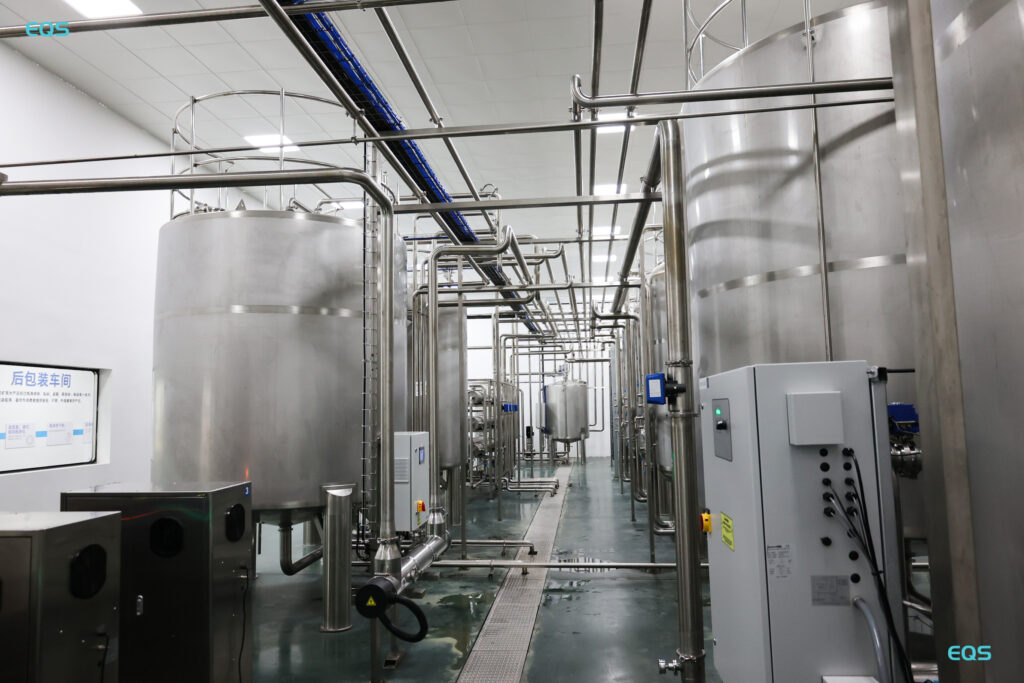
Key Benefits
- Public Health: Prevents diseases.
- Environmental Protection: Reduces pollution.
- Sustainable Use: Conserves water resources.
- Economic Growth: Supports industry and agriculture.
- Improved Quality of Life: Clean drinking water.
Dive deeper Paragraph:
The importance of water treatment extends far beyond simply making water safe to drink. It has profound implications for public health, environmental sustainability, and overall quality of life.
Public Health
Water treatment is a cornerstone of public health. By removing harmful contaminants, it prevents the spread of waterborne diseases, which can disproportionately affect vulnerable populations such as children, the elderly, and individuals with compromised immune systems.
Environmental Protection
Water treatment plays a crucial role in protecting the environment by reducing pollution from wastewater and industrial effluents. Treatment processes remove pollutants such as organic matter, nutrients, and toxic chemicals before the water is discharged back into the environment, preventing harm to aquatic ecosystems.
What is the main goal of the water treatment process?
leading paragraph:
What's the ultimate aim of treating water?
snippet paragraph:
The main goal of water treatment is to produce water that is safe, clean, and aesthetically pleasing for human use. This involves removing or reducing contaminants to meet regulatory standards and ensuring the water is free from harmful bacteria, chemicals, and other pollutants, making it suitable for drinking, cooking, and other domestic and industrial purposes.
Primary Objectives
- Safety: Remove harmful substances.
- Cleanliness: Eliminate turbidity and color.
- Aesthetics: Improve taste and odor.
- Compliance: Meeting regulatory standards.
- Reliability: Consistent water quality
Dive deeper Paragraph:
The water treatment process aims to make water safe and appealing for human use. This involves removing pollutants to meet regulations and ensuring the water is free from bacteria, chemicals, and other contaminants for drinking, cooking, and industrial purposes.
Safety
The primary objective of water treatment is to remove or neutralize harmful substances that can pose a threat to human health. This includes pathogens, toxic chemicals, and radioactive materials. Treatment processes such as disinfection, filtration, and adsorption are used to achieve this goal.
Cleanliness
Water treatment aims to remove turbidity, color, and other aesthetic impurities that can make water unappealing to drink. Turbidity is caused by suspended particles that make the water appear cloudy, while color can be caused by dissolved organic matter or minerals.
Why does water need treatment?
leading paragraph:
Why can't we just use water as it is?
snippet paragraph:
Water needs treatment because natural water sources are often contaminated with pollutants from human activities, natural processes, and industrial waste. Treatment removes these contaminants to make the water safe for drinking, cooking, and other uses, ensuring it meets health and safety standards.

Sources of Contamination
- Industrial Waste: Chemicals and heavy metals.
- Agricultural Runoff: Pesticides and fertilizers.
- Human Activities: Sewage and waste disposal.
- Natural Processes: Mineral deposits.
- Urban Runoff: Oil, chemicals, and debris
Dive deeper Paragraph:
Water treatment is essential because natural water sources are vulnerable to contamination from a variety of sources. These contaminants can pose significant risks to human health and the environment, making treatment a necessity for ensuring a safe and sustainable water supply.
Industrial Waste
Industrial activities can release a wide range of pollutants into water sources, including toxic chemicals, heavy metals, and radioactive materials. These pollutants can contaminate drinking water supplies and harm aquatic ecosystems.
Agricultural Runoff
Agricultural runoff contains pesticides, herbicides, fertilizers, and animal waste, which can contaminate water sources and pose risks to human health and the environment. These pollutants can cause eutrophication, which is the excessive growth of algae that depletes oxygen in the water and harms aquatic life.
Conclusion
Water treatment is super important! It keeps us healthy and protects our world. Clean water for all!
My name is Allen, and I'm an expert in filling machine technology at EQS (eqsfilling.com), a leading liquid packaging solution provider based in China. If you're looking for top-quality equipment for your production line, feel free to reach out to me at [email protected]. We specialize in providing customizable solutions with cutting-edge technology.

